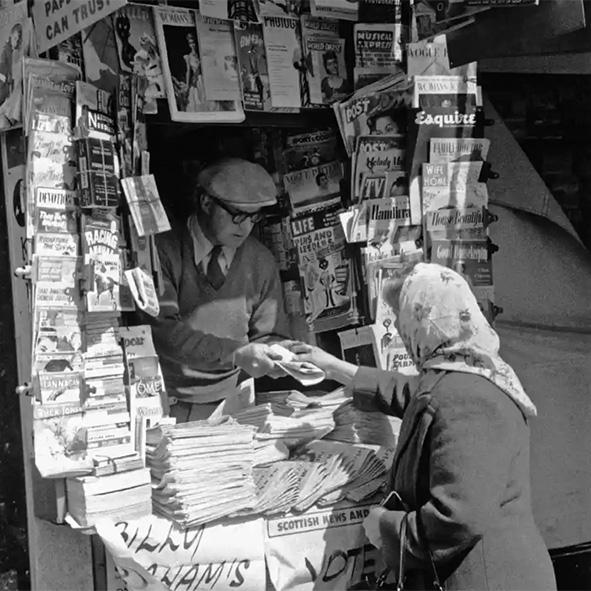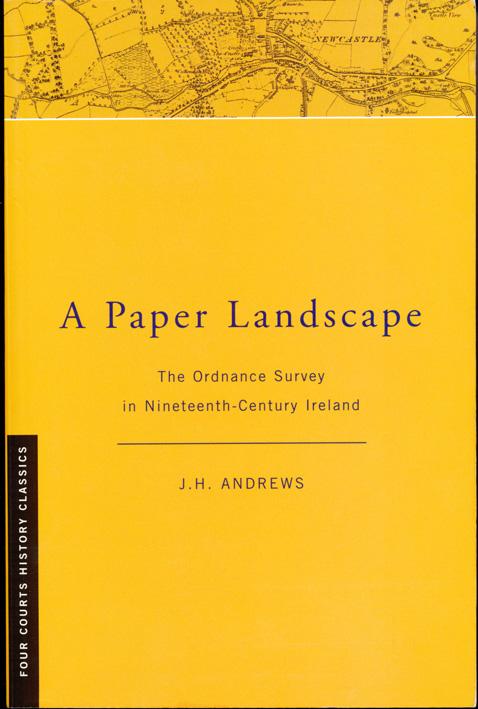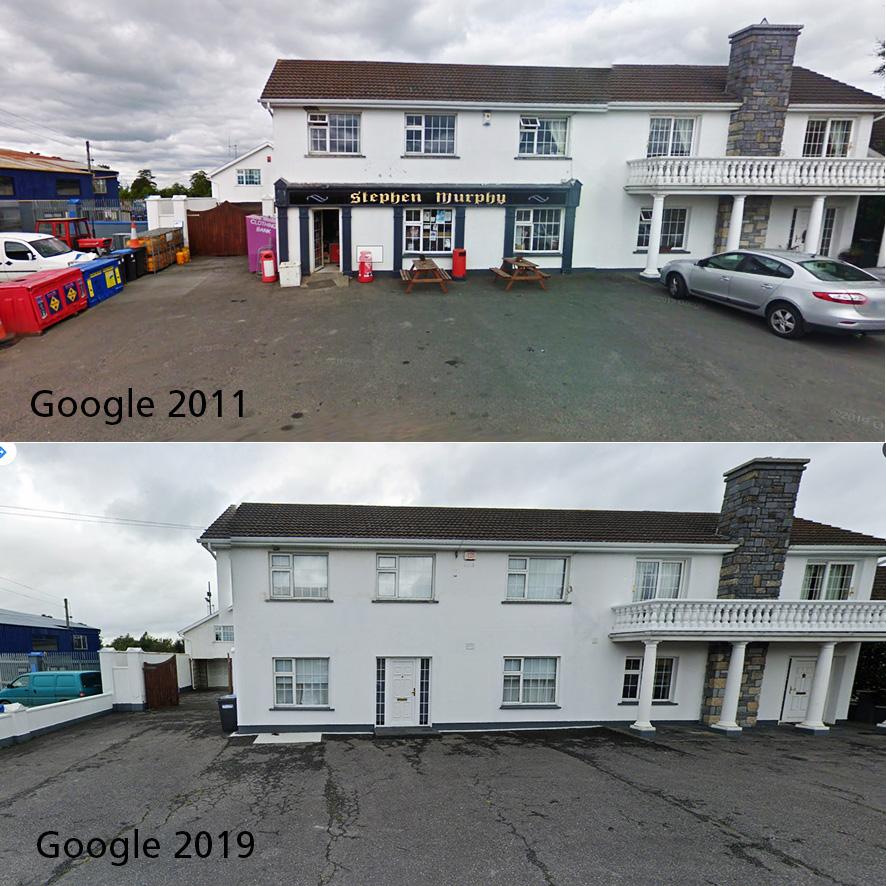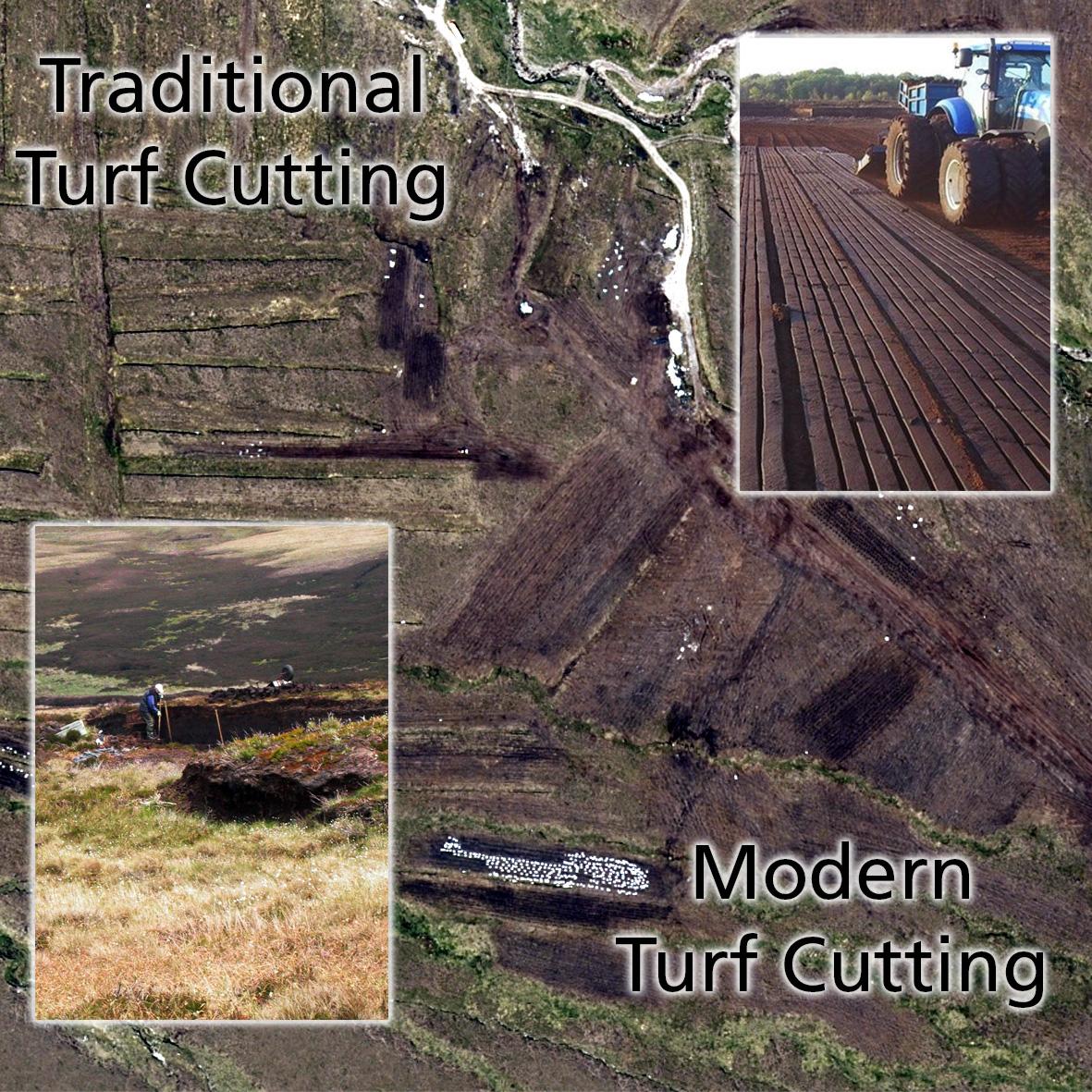Print Publishing
This photo of a news stand laden with newspapers both national & local plus weekly magazines & comics is from Scotland in the 1950s. But even up to twenty years ago, such kiosks and displays in newsagents were not uncommon in Dublin and other cities and towns around the country. If you were stopped in traffic, there’s a good chance someone would pass by selling evening papers and so on.
They’re not completely gone but the number of news print and leisure magazine titles in Ireland have shrunk considerably since the turn of the millennium. Corresponding to this are the rapid adoption of online sources, both by subscription model but also significantly using ‘free’ sources of information. Why subscribe to a walking magazine when you can join a group of like minded people on a social media platform? Why buy a map when you can look up OpenStreetMap or Google or Apple maps?
There are all sorts of implications in this changing world: on the plus side citizens can engage, offer their opinions & give helpful advice, give direct testimony ‘citizen journalism’ as they experience matters in their lives. On the negative side, the mediums are open to ‘bad actors’ depending on one’s point of view. From the state perspective, it becomes harder to control the narrative and so on.
How can journalists or map makers work in this new world? Journalism where facts are sourced, sorted and shaped into reports and stories takes time & effort. Likewise survey and mapmaking takes considerable effort to record, sort, draft and present in map form. The problem is that these activities have been supported in the past by print publishing and whilst there are parallel digital solutions, these don’t bring in the same revenue.
We the public are going to have to get used to the idea of using subscription models for quality content and that are priced at a rate that supports the generation of that quality content. The alternative free content will largely be dumbed down or biased material.
#eastwestmapping #hiiker




